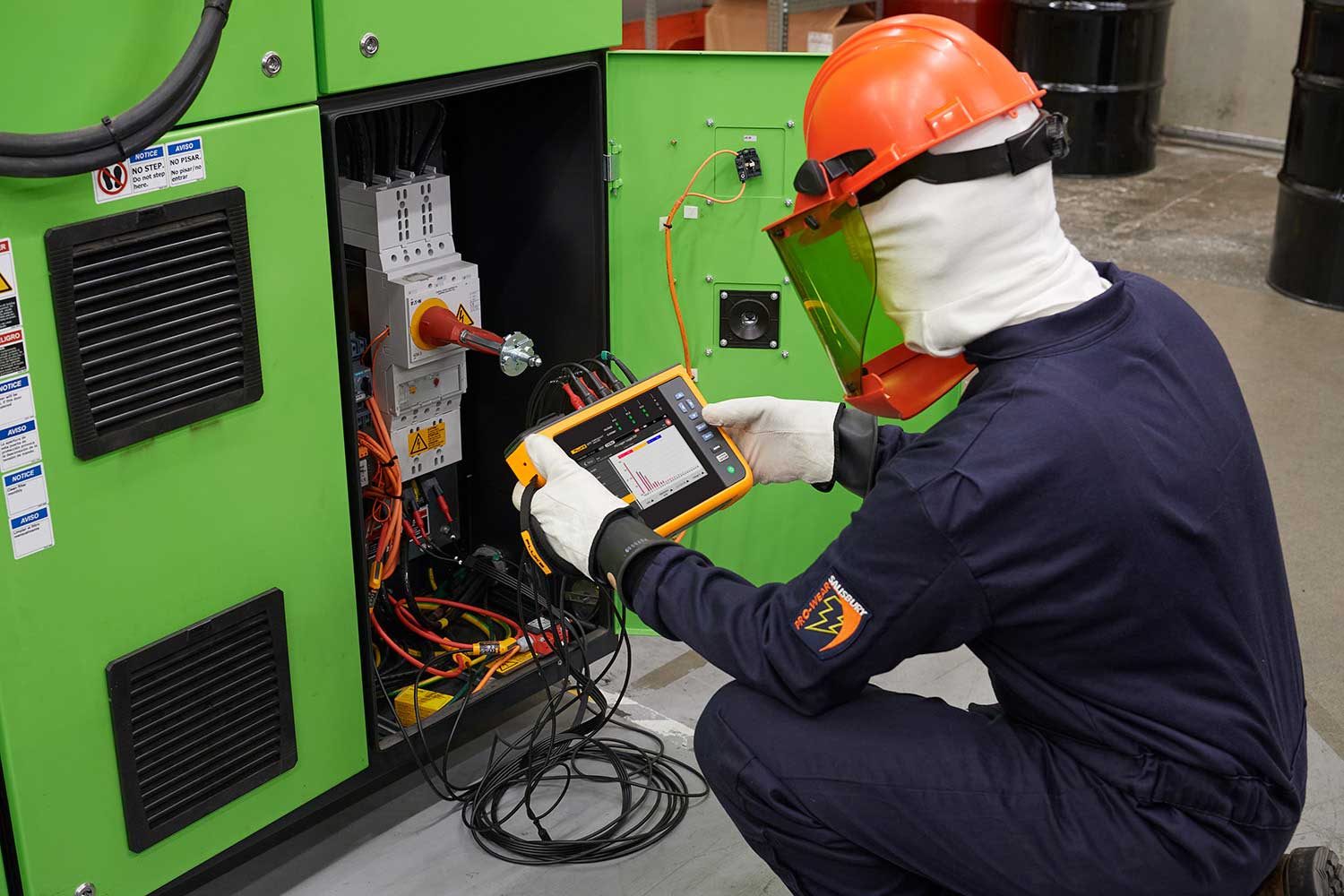The Role of Power Harmonics Analyzers in Electrical Testing and Measurements

As electrical systems become more complex and energy efficiency more critical, understanding power quality is no longer optional—it’s essential. In industries ranging from manufacturing to renewable energy, even minor distortions in voltage or current can lead to inefficiencies, equipment failures, or compliance issues.
This is where a power harmonics analyzer becomes invaluable.
By identifying and quantifying harmonic distortion in electrical systems, these instruments help engineers, facility managers, and maintenance teams monitor performance, detect problems, and ensure systems operate within regulatory and design limits. In this blog, we’ll explore what power harmonics are, why they matter, and the pivotal role that power harmonics analyzers play in modern electrical testing.
What Are Power Harmonics?
In an ideal AC power system, voltage and current waveforms are pure sine waves. However, in real-world conditions—especially when nonlinear loads like inverters, variable-speed drives, or LED lighting are involved—waveforms become distorted.
This distortion results in harmonics, which are voltage or current components at integer multiples of the fundamental frequency (e.g., 150 Hz, 250 Hz in a 50 Hz system). Harmonics can:
- Reduce power efficiency
- Cause overheating in motors and transformers
- Lead to false tripping of circuit breakers
- Shorten equipment lifespan
- Interfere with communication and control systems
Monitoring and mitigating these effects is a key part of electrical system reliability—and that’s where a power harmonics analyzer comes in.
What Is a Power Harmonics Analyzer?
A power harmonics analyzer is a specialized instrument used to measure, record, and analyze harmonic content in electrical systems. It helps identify deviations from ideal waveforms and provides real-time data on:
- Total Harmonic Distortion (THD)
- Individual harmonic orders (up to 50th or more)
- Voltage and current waveform shape
- Frequency spectrum
- Power factor and imbalance
- Transients and flicker (in advanced models)
These insights are critical not just for troubleshooting but also for preventive maintenance, compliance testing, and energy optimization.
Key Functions of a Power Harmonics Analyzer
Here’s how a power harmonics analyzer enhances electrical testing and monitoring:
1. Detect Harmonic Distortion
The analyzer detects and displays harmonic components in both voltage and current, helping engineers pinpoint sources of distortion, whether internal (nonlinear loads) or external (grid supply).
2. Ensure Regulatory Compliance
Most countries follow harmonic limits defined by standards like IEEE 519 or IEC 61000-4-7. Harmonics analyzers help ensure your system meets these standards, avoiding penalties or grid disconnection.
3. Improve Power Quality
By analyzing harmonic data, facilities can install filters, reconfigure loads, or adjust system design to reduce distortion and improve power factor, system stability, and energy efficiency.
4. Prevent Equipment Failures
Uncontrolled harmonics can cause premature wear or failure in sensitive equipment like transformers, drives, and capacitors. Monitoring harmonic trends helps schedule preventive maintenance before costly failures occur.
5. Support Root Cause Analysis
When facing issues like breaker trips, unexpected downtime, or overheating, harmonic analyzers provide the data needed to trace back to the root cause, whether it’s a faulty drive or harmonic resonance.
Where Are Power Harmonics Analyzers Used?
These instruments are essential across multiple sectors, including:
- Industrial plants with heavy machinery and nonlinear loads
- Renewable energy installations with inverters and converters
- Commercial buildings with large HVAC or lighting systems
- Utilities needing to verify power quality across distribution networks
- Data centers and labs with sensitive electronics
They’re also used by electrical contractors, energy auditors, and grid engineers for both commissioning and routine maintenance.
Choosing the Right Power Harmonics Analyzer
When selecting a power harmonics analyzer, consider the following:
| Feature | Importance |
| Measurement range | Should cover high harmonic orders (up to 63rd or more) |
| Simultaneous voltage and current monitoring | Critical for power factor and THD |
| Data logging and storage | Needed for long-term analysis |
| Compliance support | Built-in standards like IEC 61000 |
| Ease of use | Intuitive interface and real-time display |
| Portability | Useful for fieldwork and on-site diagnostics |
Advanced models also offer remote access, Wi-Fi connectivity, and real-time waveform comparison.
Conclusion: Make Harmonic Distortion Visible with the Right Tools
Harmonics are often invisible—until they cause real problems. With power systems under increasing stress from nonlinear devices and distributed generation, monitoring harmonic distortion is no longer a luxury—it’s a necessity.
Using a power harmonics analyzer allows you to detect, analyze, and mitigate harmonic issues before they lead to system failures, energy loss, or regulatory trouble. Whether you’re optimizing an industrial facility, maintaining power quality in a solar farm, or troubleshooting grid instability, these instruments deliver the insights you need to keep operations running smoothly.
To explore reliable, high-performance harmonic analyzers for your needs, connect with eFocus Instruments—your trusted partner in electrical testing and measurement solutions.






